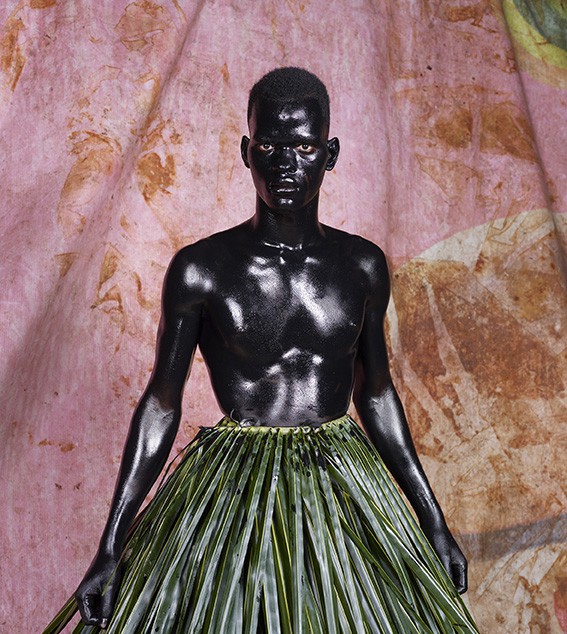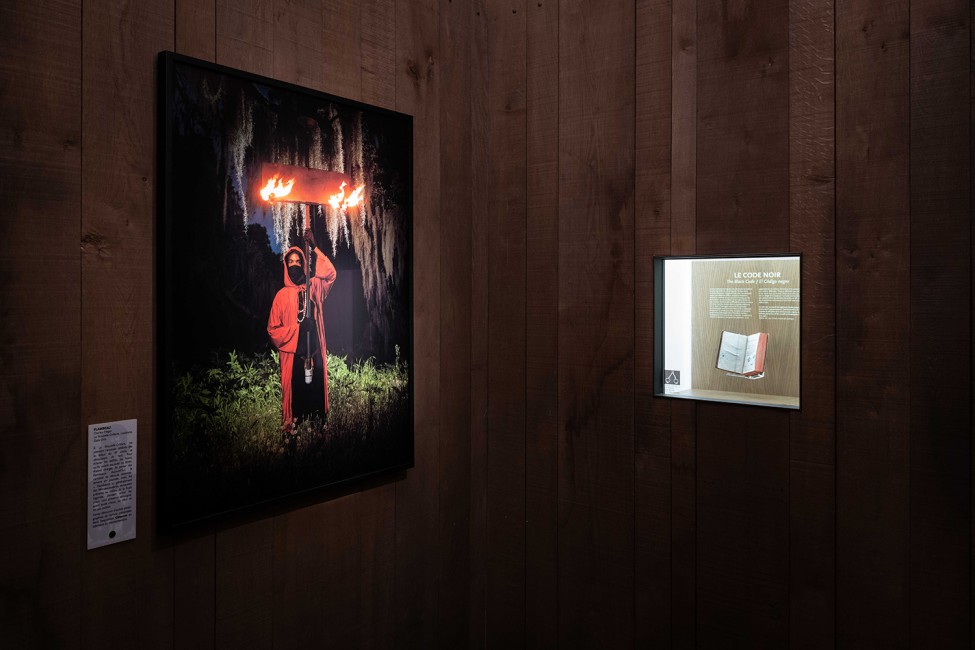past event - exhibition
Cimarron
CHARLES FRÉGER
Cimarron is the third chapter in a series of photographs that Charles Fréger began in 2014 featuring people in masks. After Wilder Mann (ongoing since 2010), which focuses on the European continent and Yokainoshima (2013-2015), which was carried out in Japan, Cimarron (2014-2018) is rooted in the Americas. Stretching from the southern US to Brazil and covering fourteen countries, here, Charles Fréger decided to draft a non-exhaustive inventory of mask-related rituals practiced primarily by the descendants of African slaves, celebrating the memory of their peers and their unique cultures.
“Cimarron” – the name of the series – was a term initially used in the Hispanic colonial world to refer to a fugitive slave. It then gave rise to the term marron (“brown” in French) and was used after 1848 – the year in which slavery was abolished in France – to designate the heroic figure of a man resisting oppression. Behind the multitude of masked traditions presented here, there are the ghosts of men and women who aspired to freedom.
Beyond all the masks, make-up, costumes, jewellery and accessories, this body of work features an interlacing of indigenous and colonial African cultures caught up in a dizzying, syncretic spin that spans several centuries. More than ever, masquerades are treated here as territories where one community looks at another, a space where the relationship with the oppressor is replayed out or reinvented, either to mimic or reverse it – and always to subvert it.
At the Château des ducs de Bretagne, sixty-four photos are presented in the exhibition building, while six others echo the history museum’s permanent collections in the rooms linked to the Slave Trade and Haitian Revolution.
This exhibition was created with the support of Fondation d’entreprise Hermès.





